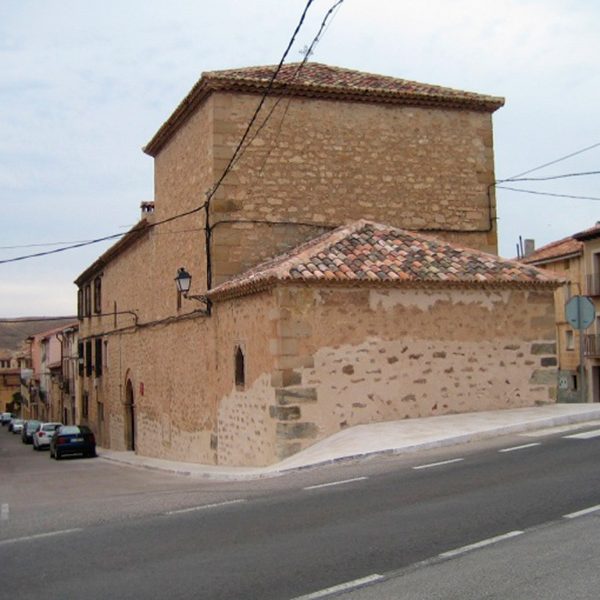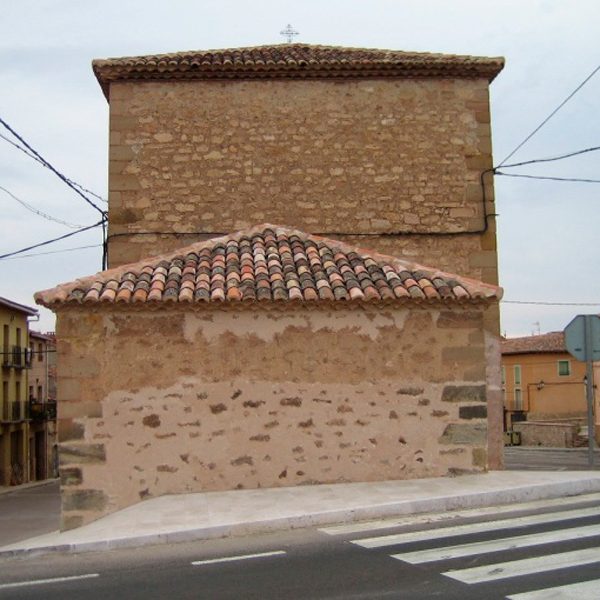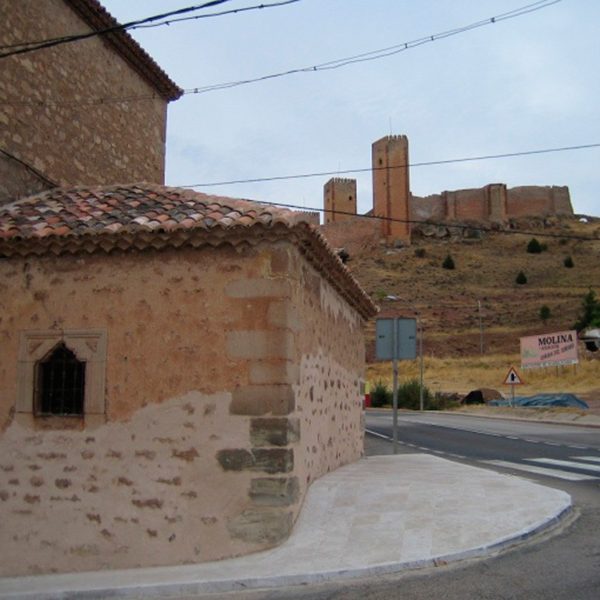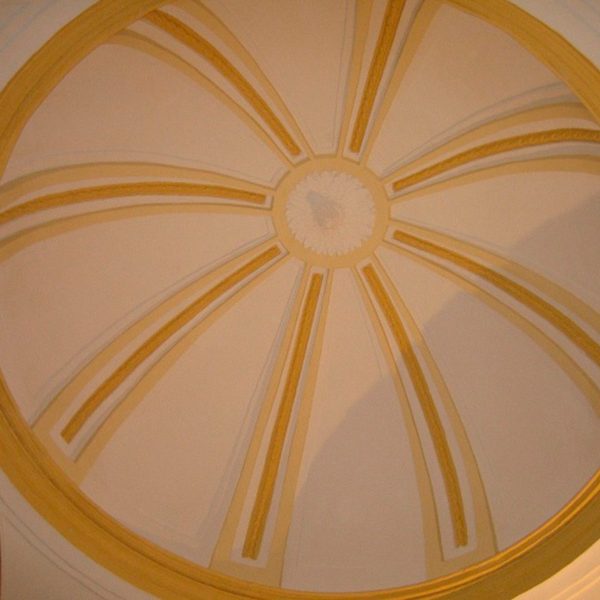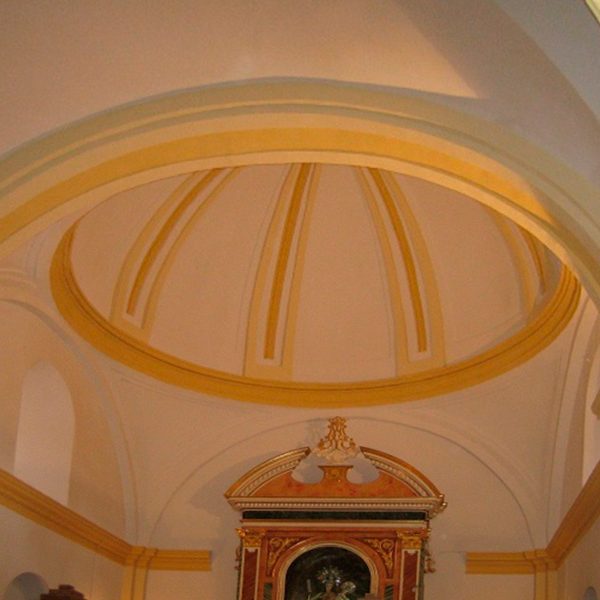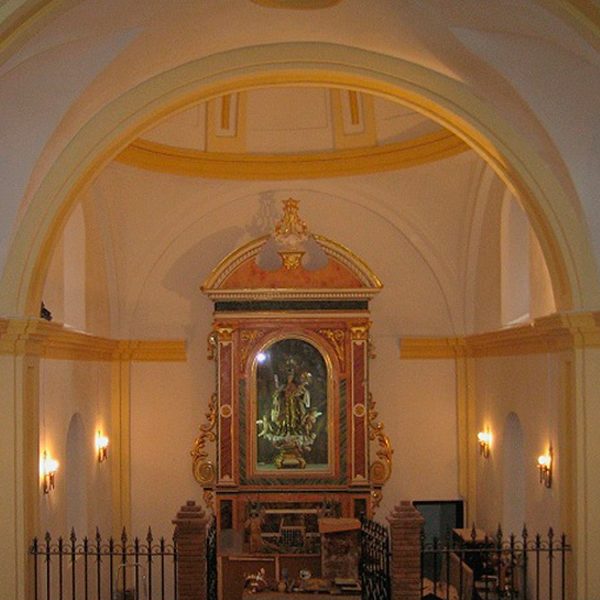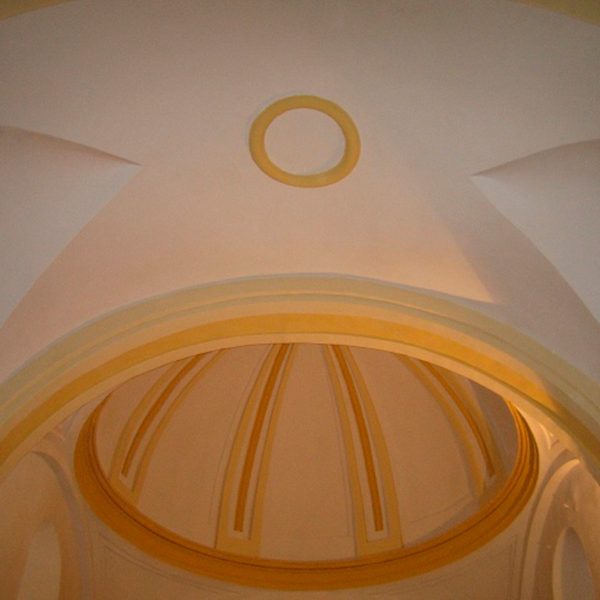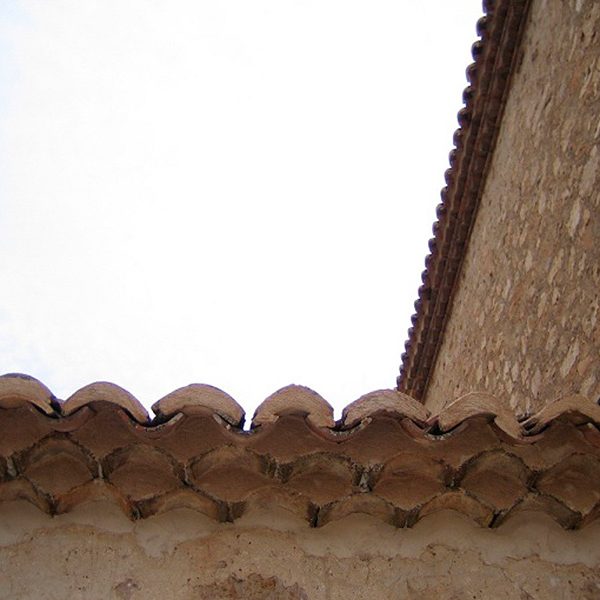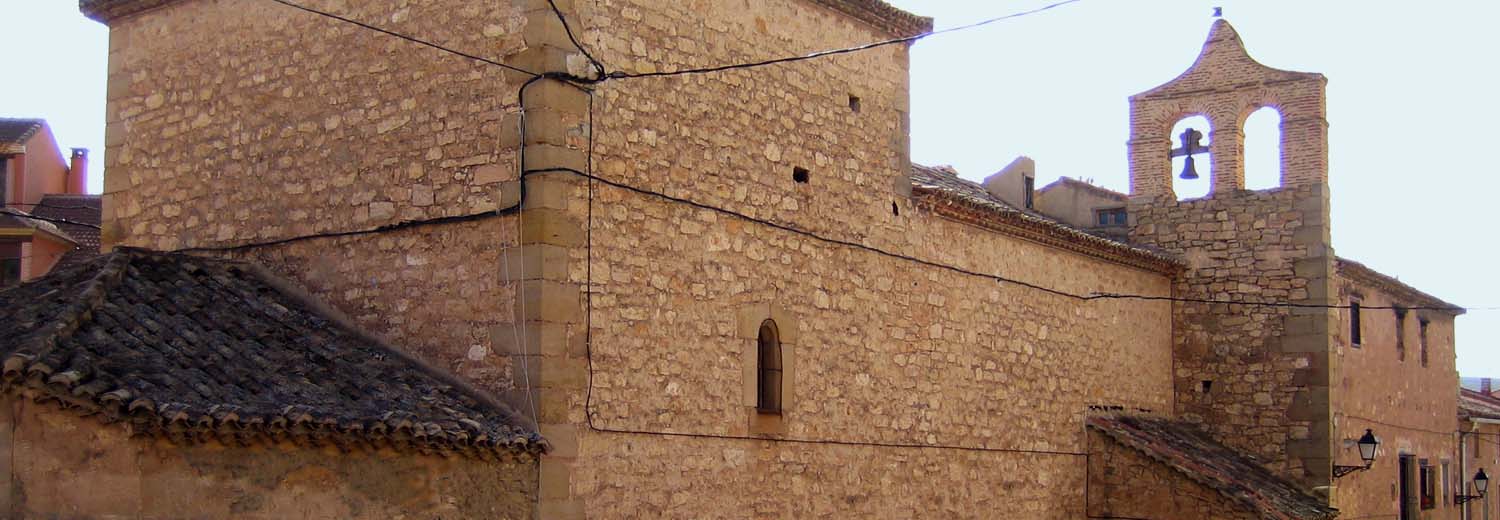
RENOVATION AND IMPROVEMENT OF NUESTRA SEÑORA DEL CARMEN HERMITAGE
RENOVATION AND IMPROVEMENT OF NUESTRA SEÑORA DEL CARMEN HERMITAGE IN MOLINA DE ARAGÓN (GUADALAJARA)
The renovation and improvement of the Señora del Carmen Hermitage in Molina de Aragón was carried out within the framework of a Collaboration Agreement reached between the María Cristina Masaveu Peterson Foundation and the Diocese of Sigüenza-Guadalajara.
In accordance with the Special Plan for the Management and Protection of the Historical Heritage of Molina de Aragón (Historical and Artistic Heritage according to Decree no. 4398/64 of 23 December 1964, Official State Gazette (B.O.E) no. 17 of 20 January 1965), the Carmen Hermitage has been listed with a degree of Full Protection.
The 17th to 18th Century Carmen Hermitage is a neoclassical, rectangular building with one single nave and a roof on three levels.
There is a hemispheric vault with a hipped roof on the presbytery, which is greater in volume than the nave. The frame of the front door is particularly noteworthy, with jambs and a round arch with carved ashlars in the neoclassicist style, just like the narrow windows on the lateral facings. It has a magnificent section of stone ashlars in the corners and a double course of tiles at the eaves. The style of the bell tower differs from the rest of the building as it was rebuilt in brick.
Another smaller building was subsequently attached, characteristic of a Molina Manor House.
There are small and sparse empty spaces, giving the ensemble a sober and robust aspect.
The statue of Our Lady of Mount Carmel (1931) can be found within, work of the Valencian sculptor José Romeo Tena, who substituted the original statue (1728) by the master sculptor Juan Ruíz Amador, from the town of Fuentelsaz, which was destroyed in the fire of 1930.
HISTORY
The Hermitage was commissioned by the then Alderman Antonio Velásquez, to worship Our Lady of Mount Carmel. The suburb of San Juan was selected as the location, and construction was finalised in 1729, when it was blessed by the Bishop of the Diocese, Friar José García.
A hospice house was attached to the temple, ran by the Carmelites of Aragon.
It was then, after several attempts, that the Carmelite Order definitely settled in Molina, in the form of an “illustrious and ancient Our Lady of Mount Caramel Military Brotherhood”. A Mary of the Carmelite Company of Military Slaves was put into place, and the old Doña Blanca Knights Company was dissolved.
It was precisely the successors of the first brotherhood who were in charge, on the day of the celebration of Our Lady of Mount Caramel, on 16 July, of moving the Statue of the Virgin to the church of Santa María la Mayor de San Gil, where a solemn novena was held. In the evening, she was taken back to the hermitage where the Hail Holy Queen was sung. On the previous day, the Brotherhood’s flag had been moved to the Town Hall, where it was displayed on the main balcony.
Both of these moves were accompanied by a procession and the Brothers escorted the Virgin, wearing their red and white uniforms with black “morricones” (bearskin hats) and oval shields.
On 2 November 1810, during the War of Independence, the French entered Molina for the fifth time, only on this occasion, thirsty for revenge due to the country’s resistance, their cruelty knew no bounds and the French forces, under the command of General Roquet, entered with the emperor’s order to destroy Molina. Fiercely complying with this order, they proceeded to burn down the whole town. Over 600 houses were burnt down, and the town was reduced to a heap of blackened ruins. The Carmen Hermitage was one of the buildings affected by the fire. Restoration work on the Hermitage was finally concluded on 29 June 1819.

